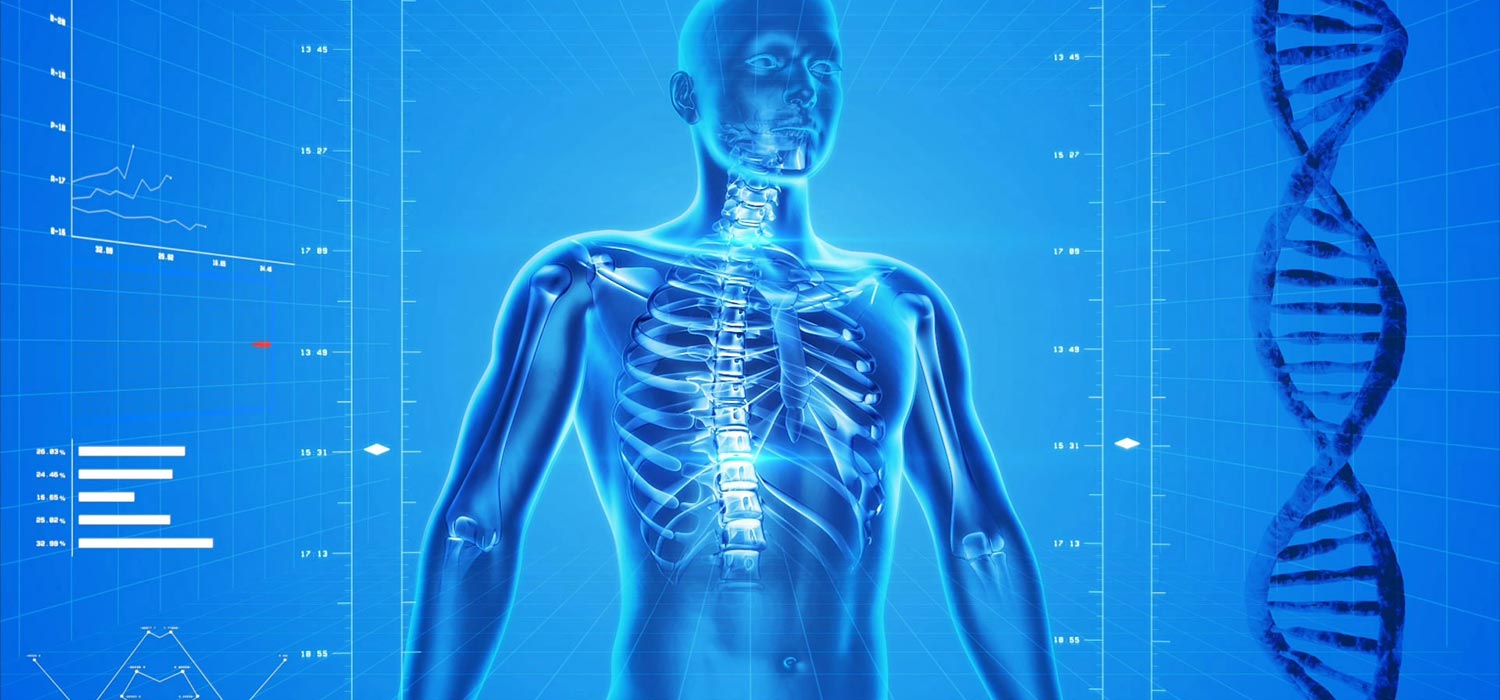

Digital radiography has revolutionized the field of medical imaging, offering several benefits over traditional film-based systems. One of the most significant advantages is reduced radiation exposure to patients and healthcare workers. This is due to the use of digital detectors, which can capture and process images more efficiently than film, resulting in lower radiation doses.
In traditional film-based radiography, radiation is used to expose a film, which is then developed to produce an image. With digital radiography, the radiation is still used to tell a detector, but the image is captured and processed digitally rather than being developed on film. This allows for several advantages, including the ability to adjust the image contrast and brightness and the ability to store and share images electronically.
One of the significant advantages of digital radiography is the ability to reduce radiation exposure to patients. This is because digital detectors can capture images with a lower radiation dose than film. For example, a digital radiography system may use a radiation dose up to 90% lower than a traditional film-based system. This is particularly important for children and pregnant women, who are more sensitive to the effects of radiation.
In addition to reducing radiation exposure to patients, digital radiography also offers several benefits in terms of safety for healthcare workers. Because digital images can be captured and processed more quickly than film images, healthcare workers are exposed to less radiation throughout their workday. Additionally, digital radiography systems can automatically adjust the radiation dose based on the patient's size and the specific imaging procedure, reducing the risk of radiation exposure.
Digital radiography also allows for the use of advanced image processing techniques that can help to reduce radiation exposure. For example, a "dose modulation" method can adjust the radiation dose based on the specific imaging procedure and the patient's size, reducing the risk of radiation exposure. Additionally, digital radiography systems can use "noise reduction" techniques to remove any noise or artefacts from the image, further reducing the radiation dose required.
Another advantage of digital radiography is storing and sharing images electronically. This allows for easy access to images for physicians, radiologists, and other healthcare professionals, which can lead to faster and more accurate diagnoses. Additionally, digital radiography systems can be integrated with other electronic medical records systems, which can help to improve patient care and reduce the risk of errors.
In conclusion, digital radiography has had a significant impact on radiation exposure and safety in the field of medical imaging. By reducing the amount of radiation required to produce an image, advanced techniques such as radiation dose modulation and real-time image processing, and automated dose reporting, digital radiography can lead to a significant reduction in radiation exposure for patients, and help to improve the overall safety of imaging procedures.
